Alex Duckmanton
UX / UI / Product Designer
I'm a pretty cool guy with over 12 years' experience working as a product designer. I'll help you with product strategy, UX/UI design, and even front-end development.
Stan
Lead Product Designer
2020 --> 2021
I joined as a contract product designer, then took the lead after success with a few key projects.
Read more ->Optus Sport
Product Design Lead (Contract)
2019
I lead the planning, strategy, and design for the redesign of Optus Sport
Read more ->★★★★★
“Since the latest update with the new features, I've loved using Optus Sport again ... The layout is lovely and everything is much easier to find.”
— Android review
★★★★★
“Love it. The recent updates are great too. Much easier to use and to find highlights and mini match. The spoiler protection is a great addition too.”
— Android review
WooliesX
Senior UX/UI Designer
2019 --> 2020
I joined the mobile app team to expand the new instant delivery service, then moved to lead UX on the Rewards app.
Read more ->Burst for reddit
Side Project (Sole Contributor)
2018
I designed, built, and launched this iOS app, which uses a novel UX to solve filter bubbles on reddit.
Read more ->TechCrunch
“Burst breaks you out of your filter bubble on Reddit.”
MacStories
“A beautiful app with a design that feels fresh and modern.”
Beetroot
Side Project (Sole Contributor)
2015 --> Present
I designed, built and deployed an app across iOS, Android, web that offers a clean, modern experience for Australian community radio.
Read more ->★★★★★
Cool app supporting community radio
“App looks great, is easy to use, works reliably, and promotes awesome radio.”
— Amperzand
★★★★★
Great app
“Fantastic, user friendly app that provides handy access to the best of Australian community radio.”
— Urban homesteader
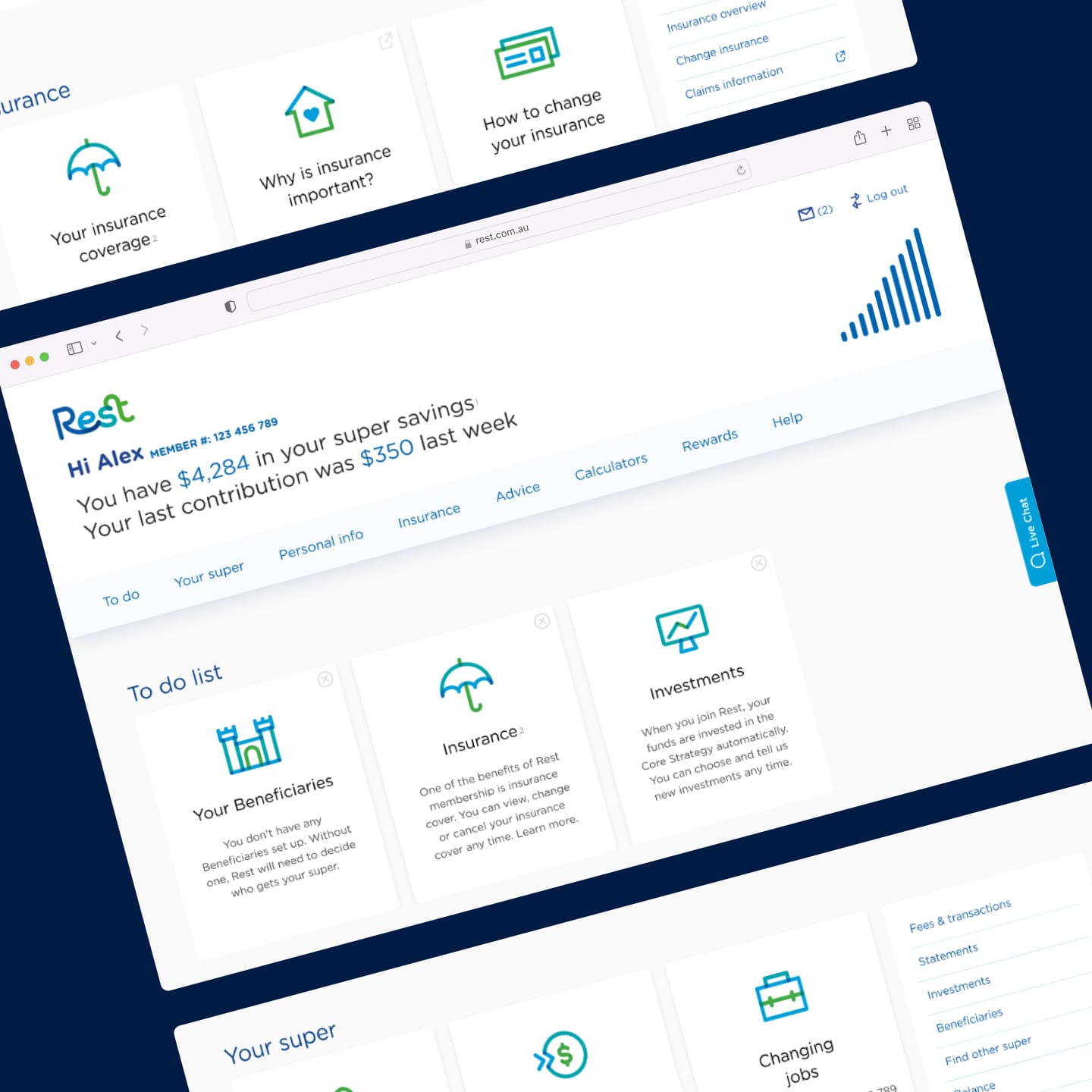
Rest
Senior Designer (Contract)
2018
I lead the UI on a team of three designers to concept, test and deliver a fresh experience for Rest’s super portal.
Read more ->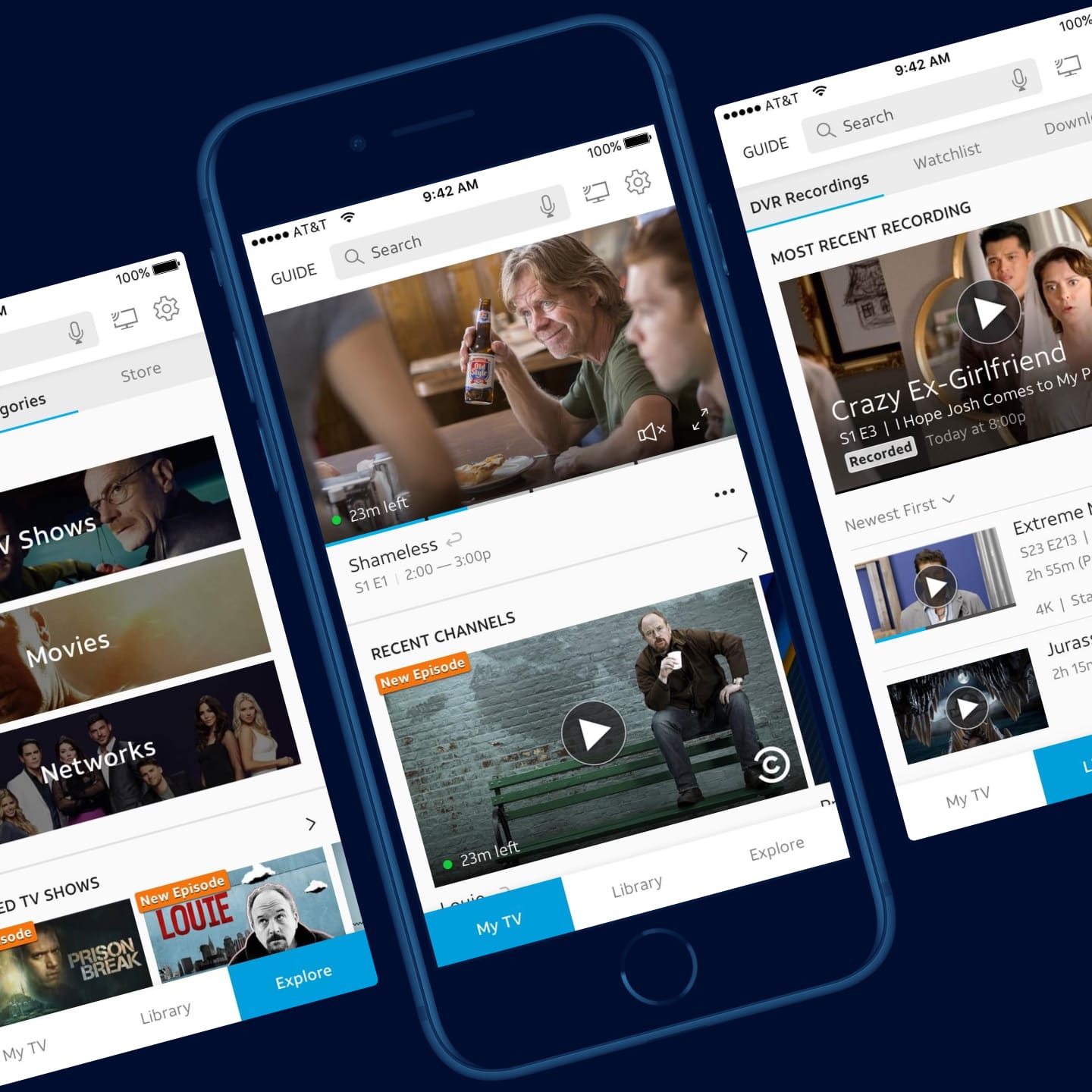
DirecTV Now
Senior UI Designer (Contract)
2017 --> 2018
I lead the UI adaptation for this huge SVOD service, and did a lil project management to keep the team agile.
Read more ->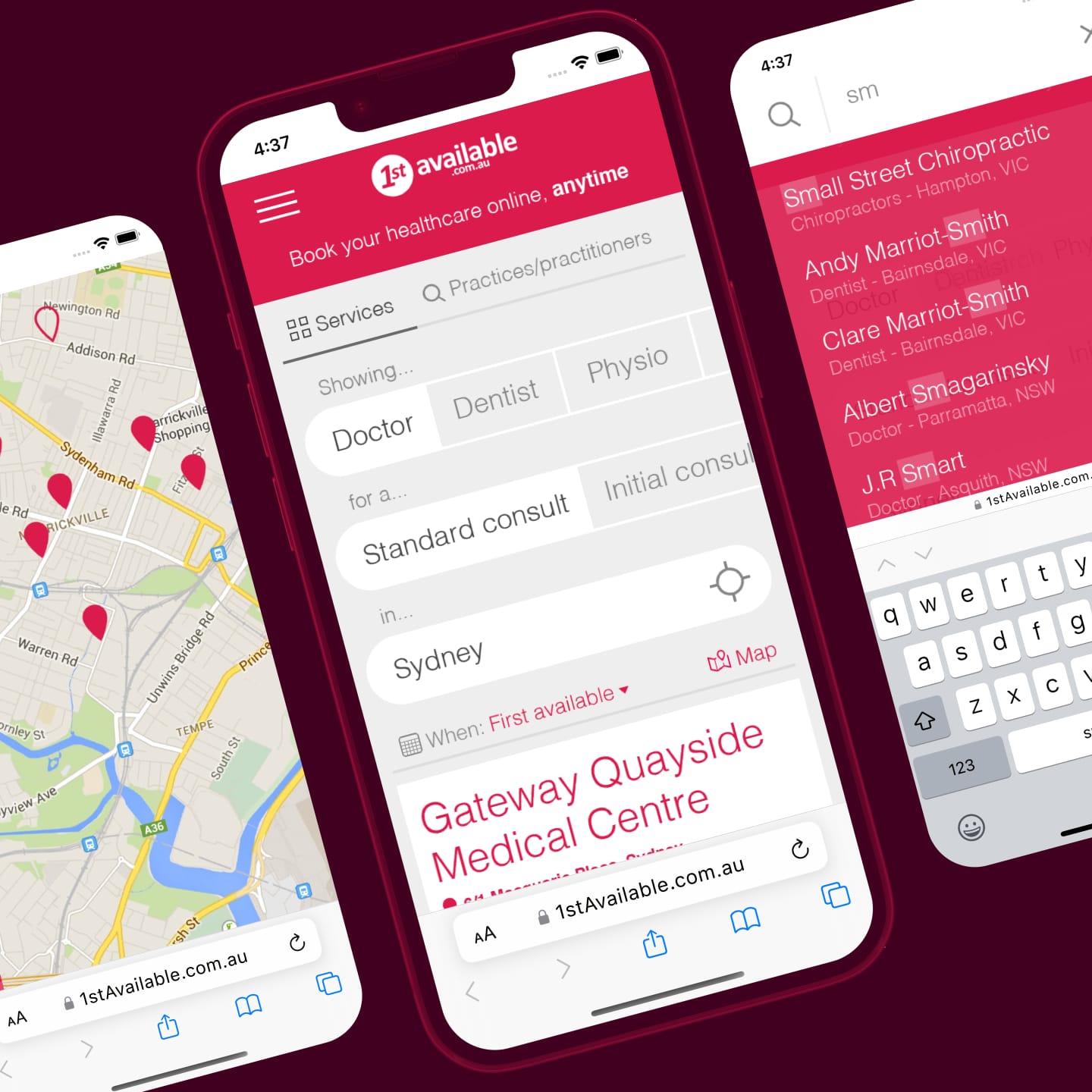
1stAvailable
Head of Design & UX
2014 --> 2016
I lead a product redesign that took centre-stage of 1stAvailable’s IPO, and launched inside a 3-month deadline.
Read more ->★★★★★
Beta feedback
“Improvements have been made since my last booking on-line. This works so much better - well done :)”
— 1stAvailable user
★★★★★
Excellent App
“The App is so responsive and user friendly even my computer illiterate partner uses it without any issues.”
— Rhianna04
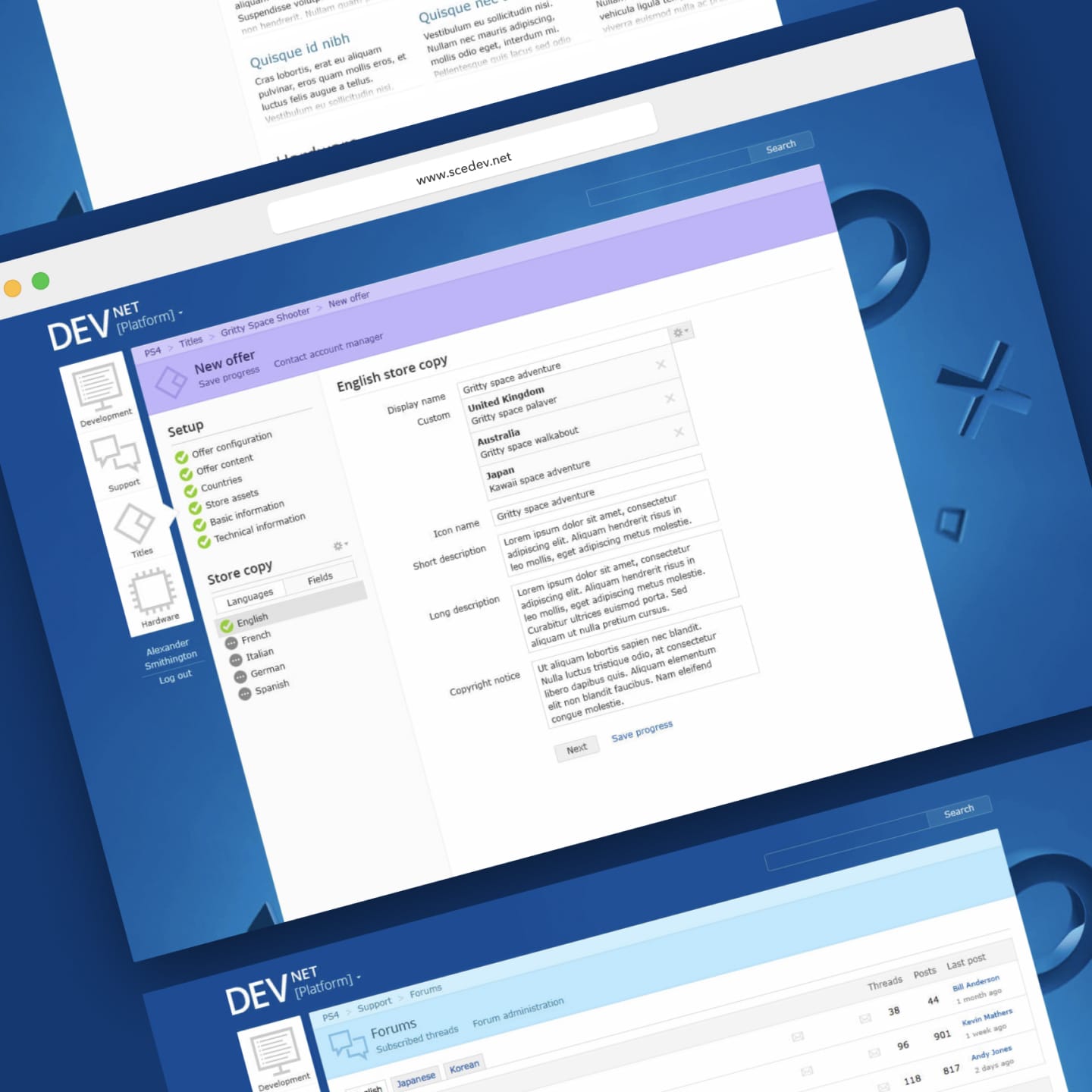
PlayStation DevNet
Senior Web Designer
2012 --> 2014
I joined as the first designer on a decade-old project. I worked on a visual overhaul, and redesigned the navigation and search.
Read more ->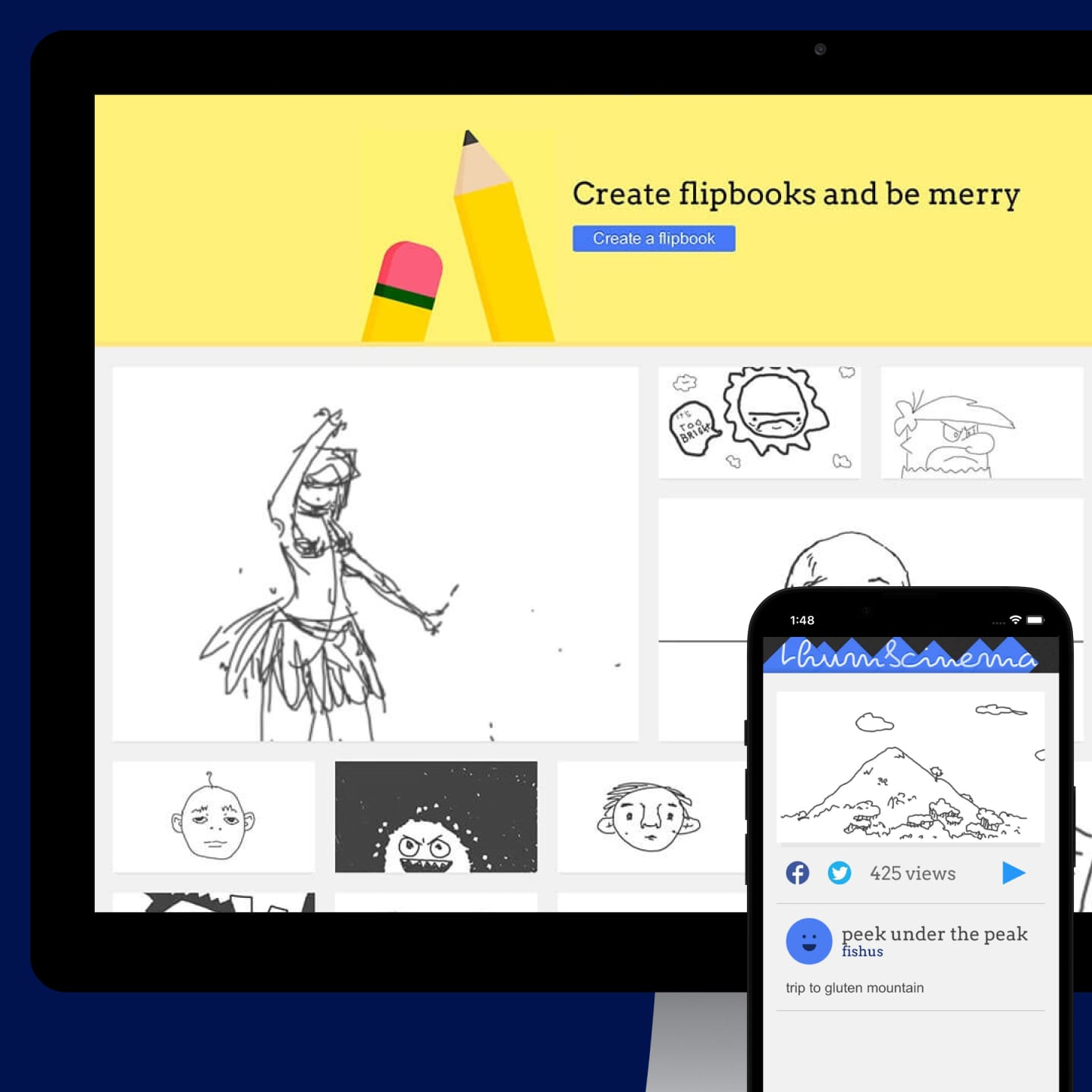
Thumbcinema
Side Project (Sole Contributor)
2015
I designed, developed and launched this web-based tool for creating flipbook animations.
Read more ->“As a fellow web developer let me say, this is truly outstanding work. The dedication and attention to detail you put into this really shows, and both the idea and execution are simply brilliant.”
— pilaf